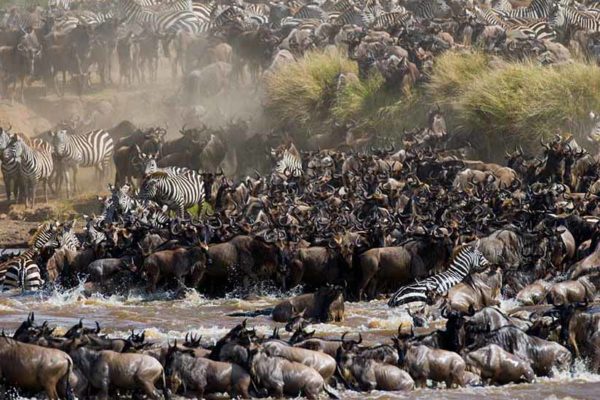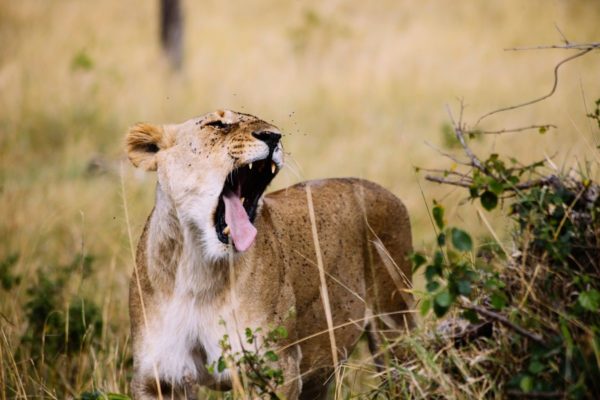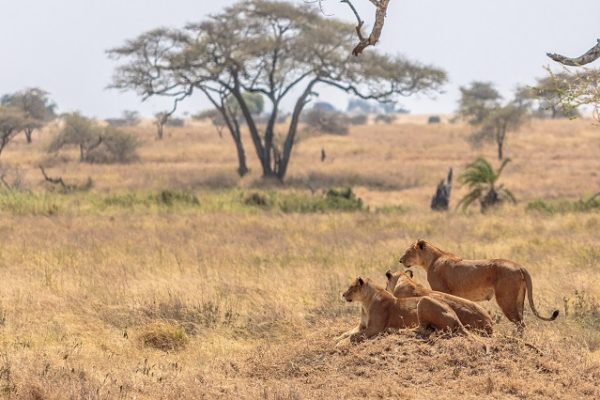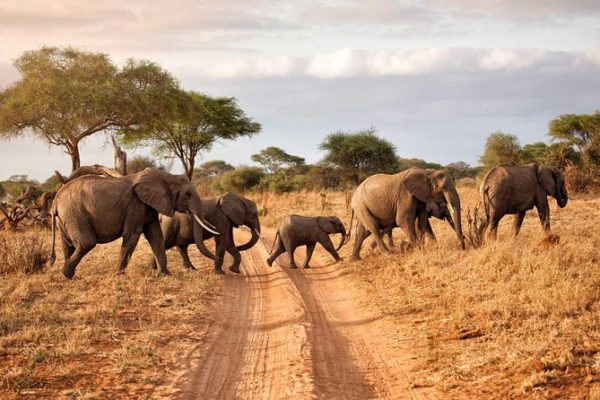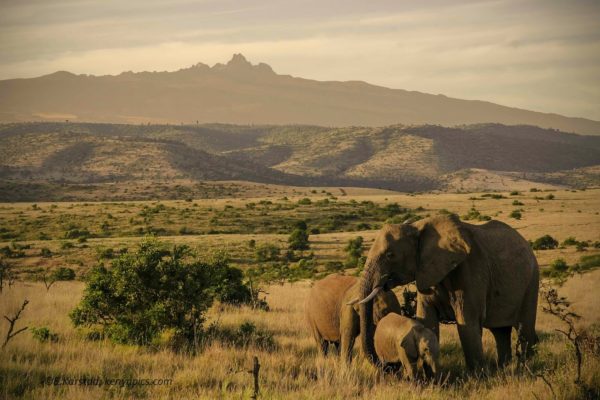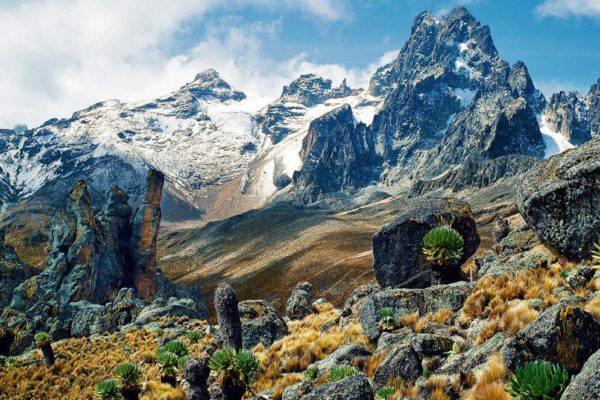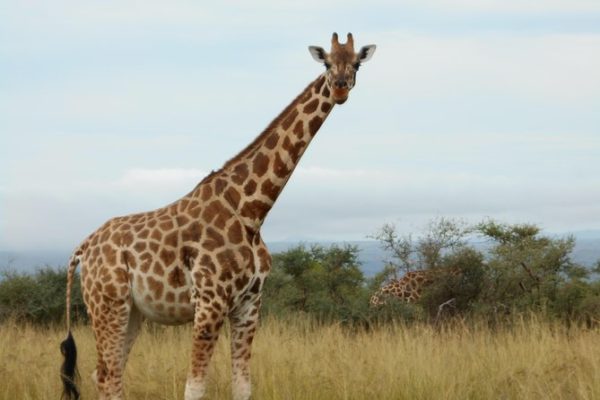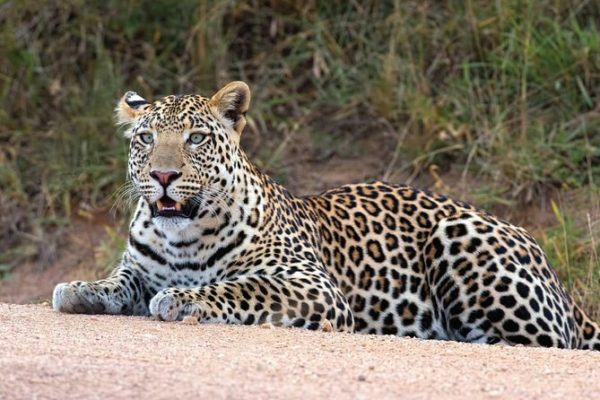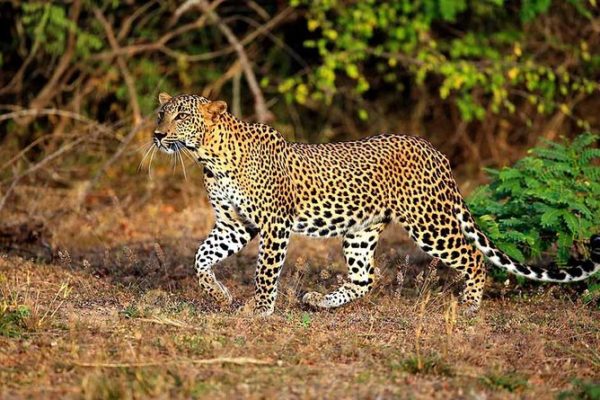LAKE MANYARA NATIONAL PARK
[fusion_dropcap boxed=”yes” boxed_radius=”” class=”” id=”” color=”#333333″]L[/fusion_dropcap]ying suitably between Arusha and Manyara regions of Tanzania which make up part of the Northern section of Tanzania, Lake Manyara National Park is of no doubt one of Tanzania’s exceptional safari parks tourists on Tanzania safari should consider a must-visit. It is approximately 126kms Southwest of Arusha Town. Lake Manyara National Park was founded in 1960 and it covers an area of only 330sq.kms which makes it one of the smallest parks in Tanzania. Lake Manyara National Park is surrounded by Tarangire National Park and Serengeti National Park. The park boasts of its diverse habitats where the variety of its wildlife lives that make it a remarkable game viewing safari destination in Tanzania.
History of Lake Manyara National Park
Initially, Lake Manyara National Park was set as a sports hunting area since the 1920s and in 1957, its status changed into the game reserve. It was further upgraded into a national park in the 1960s and it occupied a section of a narrow strip that stretches between the Gregory Rift wall to West and Lake Manyara and to the East. It also extends to cover part of the Northwestern quadrant of Lake Manyara and forms part of the vast Lake Manyara Biosphere Reserve. In 1981, it became a biosphere reserve.
Wildlife in Lake Manyara National Park
Lake Manyara National Reserve is a distinct game viewing safari destination of its own with varied wildlife species such as lions including the rare tree-climbing lions, zebras, warthogs, elephants, antelopes (dik-dik, impalas, waterbucks, bushbucks) and several primates such as Sykes’ monkeys, baboons, black and white colobus monkeys; hippos. There are also different fish species in Lake Manyara and they include Oreochromis amphimelas. An estimate of about 180 butterfly species lives in this park.
- Birdlife in Lake Manyara National Park
Lake Manyara National Reserve is a home to an estimate of 400 bird species and they include the pelicans, squawking hornbills, flamingos, clucking crested guinea fowl, eagles, yellow-billed stork, spoonbill, egrets, lilac-breasted rollers as well as different species of migratory birdlife which confine into the park around March, April, May.
Safari activities to do in Lake Manyara National Park
- Game Viewing
Wildlife viewing in this protected area takes you through its wilderness area with a chance to sight wildlife species like lions including the rare tree-climbing lions, zebras, warthogs, elephants, antelopes (impalas, waterbucks, dik-dik, bushbucks) and primates such as Sykes’ monkeys, baboons, black and white colobus monkeys; hippos.
- Birding
With an estimate of over 400 bird species, Lake Manyara National Reserve is a true birder haven. Birding in this park involves sighting birds such as pelicans, squawking hornbills, flamingos, clucking crested guinea fowl, eagles, yellow-billed stork, spoonbill, egrets, lilac-breasted rollers. On bird watching tour, please don’t leave behind your pair of binoculars and cameras.
- Canoeing tours
Lake Manyara is an ideal spot for canoeing tours in this park. It rewards visitors with an exceptional view of the bird species and magnificent rift valley escarpment.
- Nature walks
Discover the hidden gem of Lake Manyara National Reserve only on guided nature walks and you won’t return home the same way you came. This is the best way for you to sight a variety of the park’s wildlife while on foot.
- The best time visit Lake Manyara National Reserve
The dry months of the year are by far the best for game viewing and therefore, consider visiting the park around June, July, August, and September for excellent wildlife viewing experience. Birders can consider visiting Lake Manyara National Reserve on Tanzania safari between November and April such that you can also sight migratory birds that confine here to breed.
- Accommodation in Lake Manyara National Park
Lake Manyara National Reserve is comprised of accommodation units like Escarpment Lodge, Manyara Serena Lodge, Burudika Manyara Lodge, Escarpment Luxury Lodge, Lake Manyara Tree Lodge, and Kirurumu Tented Camp.
- How to get to Lake Manyara National Park
The best way to access Lake Manyara National Reserve is either by road or by air. Travelers can begin their journeys from Arusha Town through Mto wa Mbu to Lake Manyara and this may cover between 1 and 2 hours. Alternatively, one may take a flight from Arusha Airport, Julius Nyerere International Airport to Lake Manyara Airport.
Related Tanzania National Parks – Where to go for a Tanzania Wildlife Safaris Tour
Serengeti National Park is remarkably one of the oldest and the most popular national parks in the world. This protected area lies between the Mara and Simiyu region of Tanzania. It was founded in 1951 and in 1979, it was designated as UNESCO World Heritage Site. Serengeti National Park sits in an area of about 15000sq.km and it largely consists of woodland. View Details Here
Arusha National Park is rated among the smallest parks in Tanzania and it lies in the Northeastern side of the country. It is 25kms from Arusha, 58kms away from Moshi Town and 35kms from Kilimanjaro International Airport. Despite its size, this park is by far one most unusual wilderness area to consider a must-visit on Tanzania safari. It was founded in 1960. View Details Here
Ngorongoro Conservation Area is a magnificent wilderness area of its own and also a designated World Heritage Site that is worth exploring on Tanzania safari. It is an extensive protected area with stunning volcanic Ngorongoro Crater and also features as a home to complete big five African game. This conservation area was founded in 1959 and occupies an area of 8292sq.kms. View Details Here
Tarangire National Park takes its name from Tarangire River and exceptionally, it features among a few safari parks which offer tourists on Tanzania safari with unique and authentic experiences. This park straddles within the Northern circuit of Tanzania, Lake Manyara region and it is famous for its large herds of elephant migration which make it an excellent Tanzania safari destination. View Details Here
Mahale Mountains National Park is set along the shores of Lake Tanganyika, Kigoma area Western Tanzania. Compared to other protected areas, Mahale Mountains National Park is remotely located providing tourists on Tanzania safari with exceptional wilderness experiences. It takes its name from the Mahale Mountain range which lies at its border. Mahale Mountains National Park. View Details Here
Kilimanjaro National Park is undoubtedly one of the most magical Tanzania safari destinations. It derives its name from the magnificent Mount Kilimanjaro which itself it an outstanding safari site to explore on Tanzania safari. This park is set near Moshi Town in the Northern side of Tanzania above the rolling hills and plateau of Amboseli National Park. View Details Here
Ruaha National Park is set in the heart of Tanzania, approximately 130kms away from Western Iringa Town. This park was founded in 1964 and it is named after the Great Ruaha River that flows on its Southeastern side. It sits in an area of about 20226sq.kms making it the most extensive national park in Tanzania and East Africa at large. It covers a section. View Details Here
Udzungwa Mountains National Park is one of the best parks to visit on Tanzania safari. In 2015, this park was ranked the third best place to visit by the New York Times. It is situated south of Mikumi National Park and it is popular as the Galapagos of Africa. It takes its name from the word Wadsungwa which denotes Kihehe language as people. View Details Here
Rubondo Island National Park is one of the 2 only stunning island safari parks which straddle in the islands of Lake Victoria. From western Mwanza, this protected area is 153kms away and its highest point is Masa Hills in the South which stands at altitude of about 1486m. It was gazetted as a game. View Details Here


